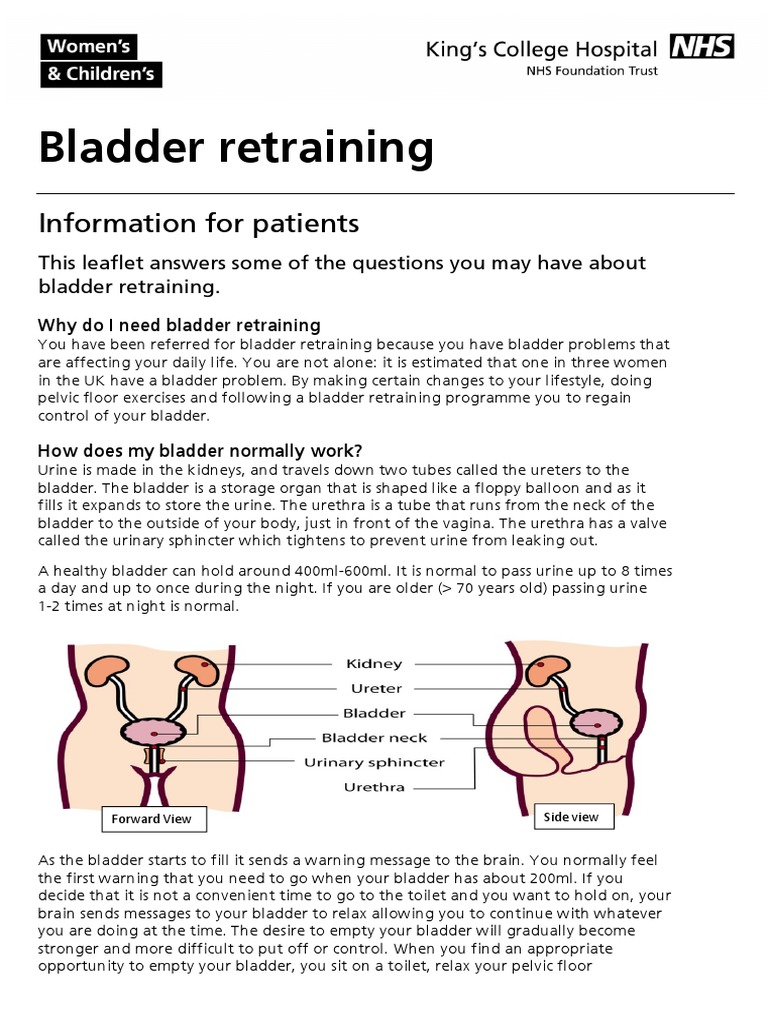
September 6, 2024
The Impact Of Hormone Therapy On Urinary Incontinence Incontinence Institute
Urine Incontinence A Summary From adolescence to menopause, hormone fluctuations can influence the toughness and feature of the pelvic floor muscle mass, often causing urinary system issues such as stress and anxiety urinary system incontinence (SUI). A big component of this is as a result of pregnancy, giving birth and menopause. Each of these events in a woman's life can result in bladder control issues. Maternity can be a temporary reason for incontinence and the bladder control problems usually improve after the child is born. Some women experience urinary incontinence after distribution due to the stress childbirth tackles the pelvic floor muscular tissues. When these muscle mass are deteriorated, you're most likely to experience leak problems. By including INNOVO right into their treatment strategy, females can support their urinary wellness and regain confidence in their every day lives. Kegel workouts are a basic means to develop toughness in your pelvic floor muscles. These exercises are done by training, holding and afterwards unwinding your pelvic flooring muscular tissues. You can locate these muscular tissues by quiting the circulation of urine mid-stream while you're peing. Only do this up until you discover exactly how to locate the muscles-- quiting the circulation of urine mid-stream isn't healthy and balanced over an extended period of time.Estrogen
Genetic urinary system bladder hypoplasia might be an adjunct to ectopic ureters or other developing disorders of the urinary system tract. It most often affects the urinary system in individuals designated woman at birth (AFAB). As lots of as 1 in 3 people that were AFAB will experience tension urinary incontinence at some point.News From Mayo Center
Your bladder is like a storage tank-- as soon as the bladder is complete, the brain sends out a signal that it's time to urinate. Urine after that leaves the bladder when a muscle mass opens up (sphincter), permitting the urine to flow easily out of the body through the urethra. It's important to determine the type of urinary system incontinence that you have, and your signs and symptoms often inform your physician which type you have. Major side effects from imipramine are uncommon however can consist of heart and capillary issues. They may include an irregular heart beat and dizziness or fainting from low blood pressure when you stand quickly. Kids and older grownups may be especially in jeopardy of these negative effects. Give your health care carrier a complete checklist of your medications before you start taking this drug.- Likewise quit the circulation of urine in midstream pee creates to reinforce the pelvic floor muscle mass.
- Nighttime enuresis is the most usual pediatric incontinence problem.
- Up until lately, estrogen, usually as part of a hormonal agent replacement treatment (HRT) program, was used for treatment of urinary system incontinence in postmenopausal women.
- Patient campaigning for teams give clients accessibility to details, urinary incontinence items, and doctors that have passion or special proficiency in these disorders.
- Pee after that leaves the bladder when a muscle opens (sphincter), allowing the pee to stream openly out of the body via the urethra.
Is urinary bladder under hormone control?
Social Links